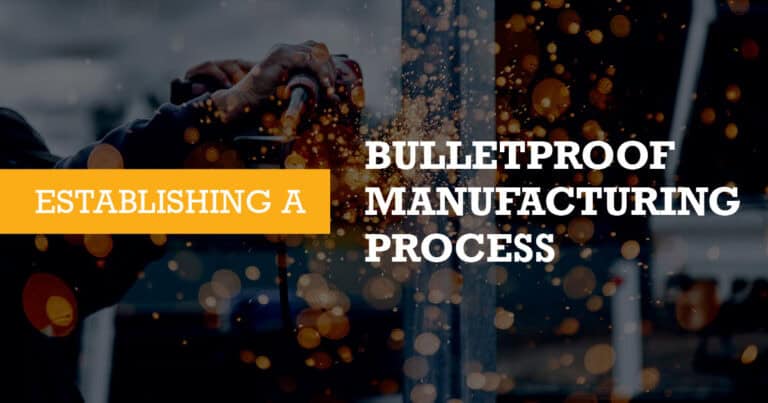Crafting an ironclad fabrication chain that can weather any storm is essential for manufacturers. This is especially true when it comes to manufacturing complex metallurgical products like artificial hip joints and aircraft wings. In these industries, there is zero room for error. Every step, from wrangling raw materials to dispatching finished products, is fraught with potential pitfalls that can dismantle even the most formidable brands.
Confronting the Foes: Common Problems in the Forge
Your brand’s reputation is at stake when going into battle with these pitfalls. There’s a long list of potential woes that stand to threaten your success. Here are a few:
- Material quality inconsistencies: The slightest variation in the chemical composition or microstructure of your raw materials can unleash havoc on the final product’s performance.
- Supply chain disruptions: Relying on a sole source for raw materials is akin to sailing into battle with a single sail. Geopolitical upheavals, resource scarcity, and sudden shifts in demand can disrupt the flow, causing delays and triggering unwelcome spikes in costs.
- Tool wear and breakage during machining: Cutting tools stand as the frontline warriors, bearing the brunt of the metal crafting battle. Yet, with each clash, they suffer wear and tear, requiring frequent changes and risking costly repairs.
- Dimensional accuracy: Maintaining tight tolerances during machining is a matter of craftsmanship and is essential to avoid tool deflection vibrations and dimensional deviations.
- Braze joints that don’t hold up: The integrity of a braze joint will always hang in the balance without the proper filler flow and a leak-proof union. A single misstep in joint preparation or heating profiles risks compromising the foundation of the components.
- Nonuniform heating: Uneven heating is another pitfall that should be avoided so it doesn’t threaten discord within the component’s microstructure.
- Material distortion and warping: Distortion and warping are the ominous results of improper heading and brazing.
- Adhesion problems during plating: Any lapse in surface preparation or plating processes imperils the bonding between the substrate and plating material. This invites delamination, flaking, and hazardous chemicals into the mix that can pollute the environment and human lungs.
- Nonconformance issues in final delivery: Even the faintest deviation from specifications can sound the death knell for a component’s suitability during final inspection.
- Logistics challenges: As your components embark on their final journey, the hazards of logistics loom large if your assemblies are damaged during transit.
- Process integration challenges: The seamless flow of materials requires the seamless flow of information. Lack of communication can thwart any project.
- Traceability: The ability to trace the lineage of materials and components is the sword that slays uncertainty. Without robust traceability systems, there’s no quality control.
Building Resilience into the Fabrication Chain
To navigate the labyrinth of all the challenges, it’s important to work with a partner who offers top-notch equipment, robust quality control, and skilled hands on deck—folks who communicate well and always aim high.
To attain success, choose a partner who provides the following benefits:
- High-quality equipment: When it comes to gear, there should never be any holding back. Investing in high-quality equipment and process control systems is nonnegotiable. From ironing out variability to guaranteeing rock-solid reliability, commitment to quality gear sets a high bar.
- Robust quality control procedures: Quality control is serious business. Implementing robust procedures at every stage is a must. In the competitive world of durable goods manufacturing, there’s no room for slip-ups. By keeping a tight grip on deviations and defects, only the best reaches the final stage.
- A highly skilled workforce: A skilled bench is the backbone of any operation. Masters of material science, machining, and every other aspect should be available at all times.
- Effective communication: Communication is the lifeline of success. Open lines between stakeholders ensure the flow of vital information and foster collaboration.
- Continuous improvement and focus on innovation: Good isn’t good enough. Continuous improvement is imperative. For the fabricating chain to evolve and adapt, drive innovation and fine-tune processes.
The pursuit of metallurgical mastery requires an unwavering commitment to excellence, a steadfast resolve to overcome obstacles, and a relentless drive for continuous improvement. To navigate these challenges, partnering with a devoted ally is paramount.
